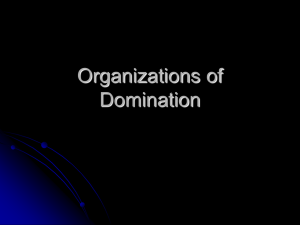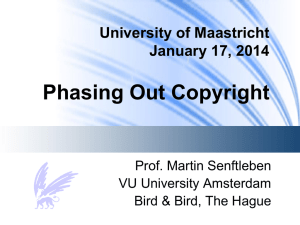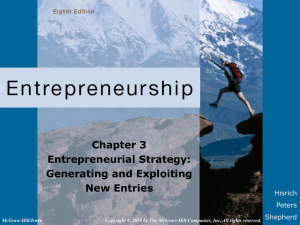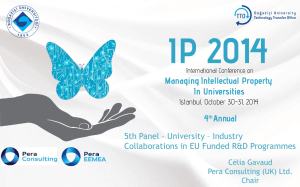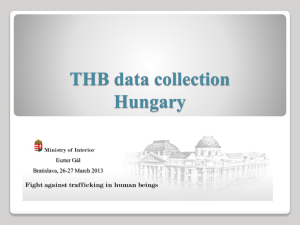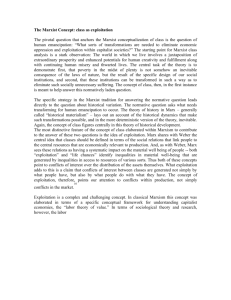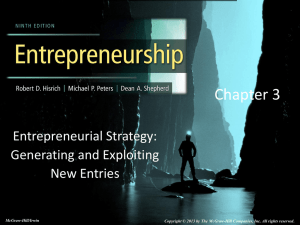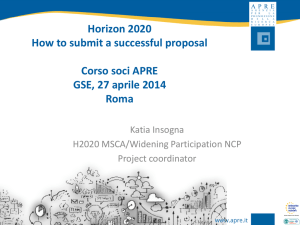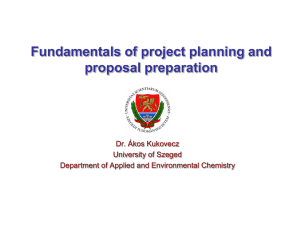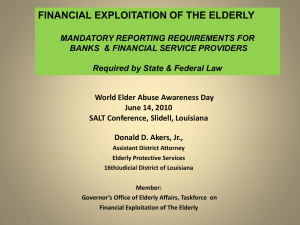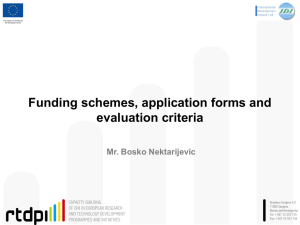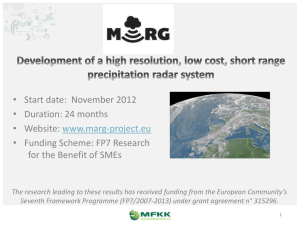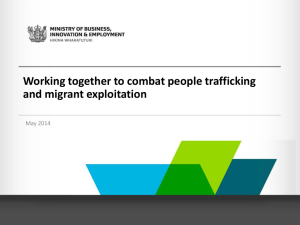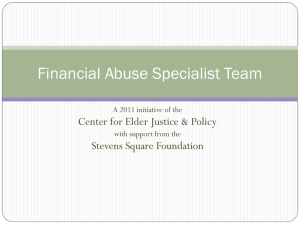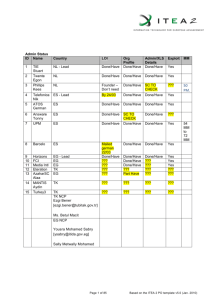Exploitation Plan - IP Conference 2014
advertisement
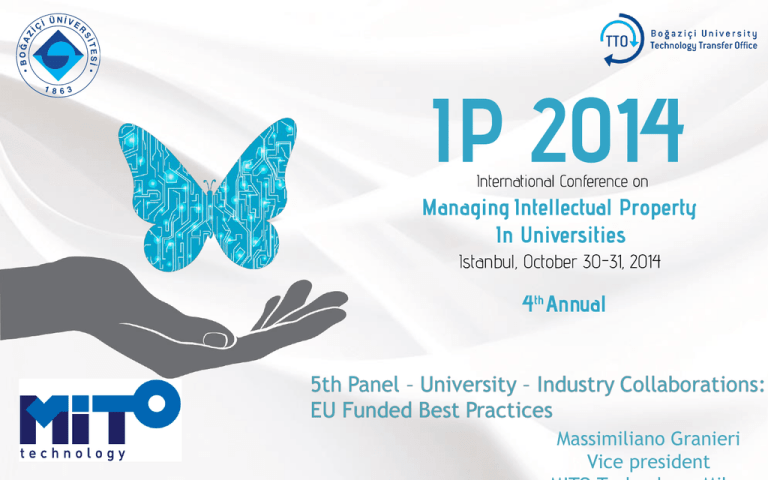
Massimiliano Granieri Vice president University – Industry Collaboration in EU Funded Projects - An asset for Commercialisation? After the EC project ends H2020 and IP Exploitation • Exploitation and dissemination of project results are key objectives of H2020 strategy • EC Recommendation 1329/2008 principles and best practices should apply • Opportunities beyond the black letters • FP7 projects have been problematic in this respect Effective Exploitation Starts Early on • A complex combination of factors influences the exploitation path Essential / Non essential Sideground Background During the project Ownership Foreground Jointly owned / individually owned After the project Access Commercial / non commercial purposes End of something, start of something else • When the projects comes to an end and resources are exhausted, there can (must?) be a continuation (and opportunities) • Actually, obligations of confidentiality, exploitation and dissemination remain in force as post-project obligations • Exploitation is not another activity, it is rather a continuation of the research and a necessary step to ensure impact and return on the R&D investments Avenues of Exploitation • Direct use by (some of) the partners (SMEs, other manufacturing entities) • Licensing to third parties – Jointly grant licensees by multiple owners – Licenses granted by one on behalf of the others – Licenses granted by a special vehicle created for exploitation (company or patent pool or licensing trust ) • Forming a spin-off or a start-up • Sales or assignments A Key Factor • Writing a sound and forward-looking Exploitation Plan is crucial part of the strategy • Not just one of the many deliverables, but a footprint of an effective strategy • An occasion to keep interests aligned (good research goes along with exploitation plans) • Exploitation is not only about securing IP protection (dissemination and strategic use of public domain can be instrumental to a successful practice) All about IP? • Which are the ingredients for a successful practice of IP exploitation and tech transfer? – Knowledge of foreground and its implications for markets and society – Control over the intellectual property and attention to its quality – Skills about «connecting the dots of innovation» – Capacity to identify the right business models and sources of funding Life after … • Exploitation is not just a bureaucratic activity; if it so, it becomes difficult to involve people (particularly researchers) • There can be industrial opportunities along the way (not just at the end) • Participation of researchers/inventors is crucial for technology transfer (particularly for early stage technologies) • When technologies are complex and enabling, exploitation is (paradoxically) more difficult, but potentially highly rewarding • Dissemination is important as a way to signal A real case of IP (mis-)management (1/2) • • • • • • FP7 Large Cooperative Project Preliminary meetings to decide on topic, discussions without NDA Submission of proposal and acceptance Negotiation with the EC and C.A. (+ annexes) Project goes quite well until the end As the Consortium has to define the exploitation plan big and heated discussions start • EC is mad at the Consortium and threatens to ask money back • No impact at industrial level • What happened? A real case of IP (mis-)management (2/2) • • • • • • • • Early discussions caused confusion (contamination) of background knowledge Absence of NDA caused background to flow from one party to another What appeared as background was created before submitting the proposal Someone filed a patent on (unclaimed) background and even declared it as «essential» background in the C.A. (annex II), even though at that time the patent application was not yet public No one cared about background Project foreground turned out to be a couple of prototypes of what was in the patent application Prototypes lacked freedom to operate and were infringing the patent The patent owner, at the end of the project, claimed property of the (dependent) foreground Critical issues • A number of issues appeared in past projects as critical for exploitation – Situations of co-ownership (inevitable in multiparty projects, but potential deal-breaker if unregulated) – Need of complementary resources (such as proof-of-concept funds) – Mismanagement of background and inability to understand the implications of its dominant nature vis-à-vis dependent foreground – Costs of protection (broad geographic coverage requires huge resources) – Quality of protection (inventing and patenting around create negative incentives for potential licensees) – Blocking situations caused by complementary rights owned by Dos and Dont’s of IP exploitation • • • • • • • Don’t wait until the end to start thinking about IP exploitation (it takes time) Strategize about your IP (it takes a lot of thinking) Regulate mutual relationship as early as possible Don’t leave details behind (“the devil is in the details”) Mind protection and quality of rights Define «clear» rights of ownership, use, access Don’t forget to reserve the right to further exploit the intellectual property for «research purposes only» (research exemption) • Don’t treat all technologies alike (business models can be extremely different) • Always involve the researchers/inventors (there can be know-how associated with IP) A matter of responsibility We share with you the responsibility of managing intellectual property and technologies that can improve people's life. That is why every strategic choice we Thank you Massimiliano Granieri, Ph.D., LL.M. Vice president MITO Technology Via Vittorio Veneto 2/a 20124 Milan | Italy Ph.: +39 02 2951 6342 Fax: +39 02 2941 3168 Web: http://www.mitotech.eu Email: massimiliano.granieri@mitotech.eu
